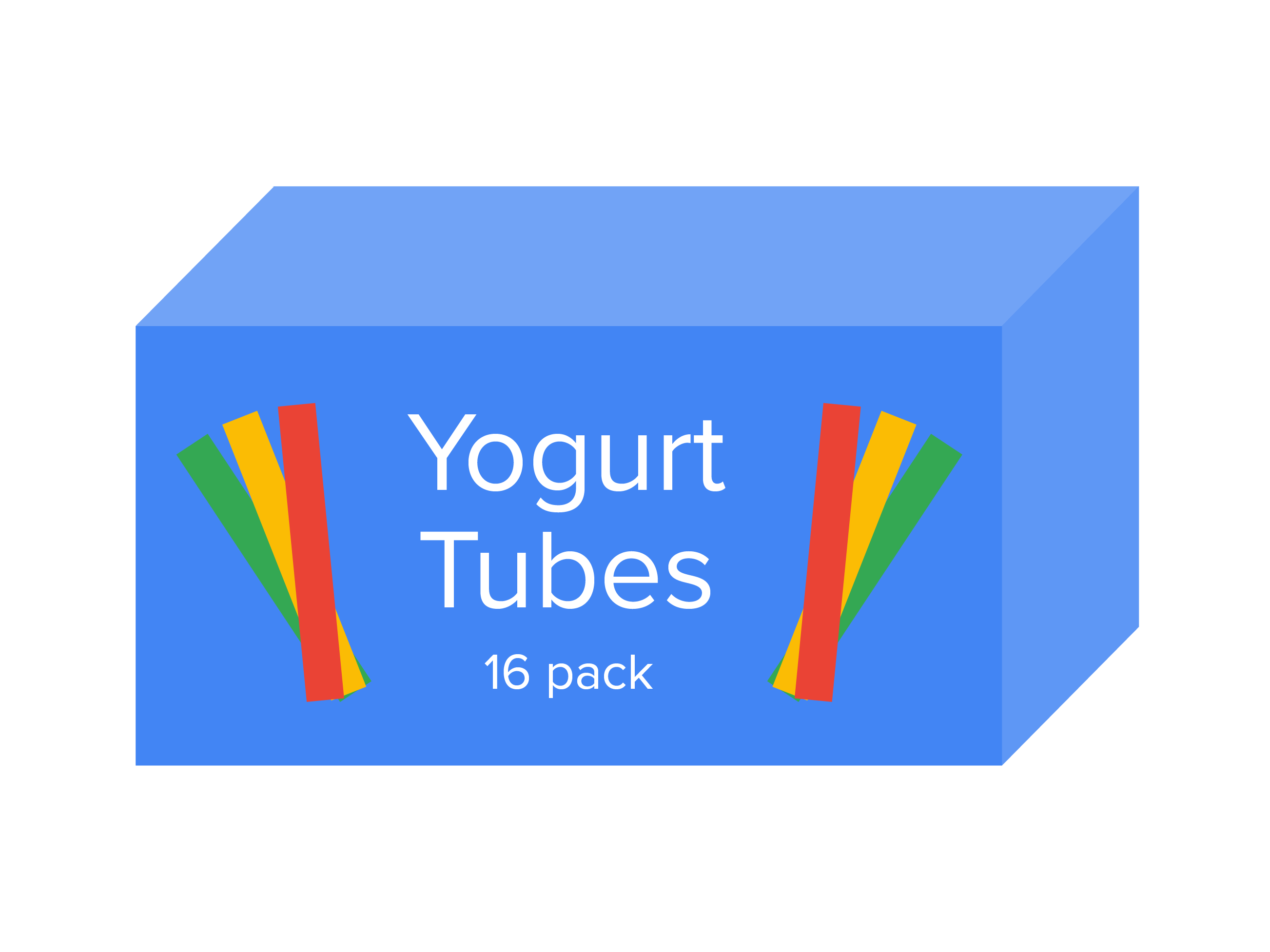Table of Contents |
Is buying bigger better? Do you really save money by buying the largest paper towel bundle at the supermarket? Is buying larger quantities at big club membership stores worth it? How can we tell if we are getting the best deal? One way to determine if the 6-roll of paper towels is a better buy than the 12-roll size, is to compare the unit price. The unit price is the cost of a single item or unit of measurement, which we can use to compare goods sold in different weights, sizes and quantities. We can use the unit price of similar or comparable items to determine which one has the lowest unit price and is the cheaper or better buy.
How do you calculate unit price? Unit price is calculated by dividing the price of the item by the quantity or the unit of measurement.

EXAMPLE
A store is selling a 6-pack of soda for $3.42. What is the unit price per soda?

So, let’s revisit the question asked at the beginning of the section. Is buying the 6-roll of paper towels a better buy than the 12-roll size? Let’s find out by comparing the unit prices of the items. The package with the lower unit price per roll would be the best deal.
EXAMPLE
If the 6-roll package of paper towel costs $5.29 and the 12-roll package of paper towels costs $9.87, which is the better buy?

EXAMPLE
Two large club membership companies are selling liquid laundry detergent. Company A is selling a 138 fl. oz. bottle for $17.99. Company B is selling a 145 fl. oz. bottle of the same laundry detergent for $18.50. Which is the better buy?

| Store A | Store B |
|---|---|
 $4.79 |
 $5.94 |
Productivity: Skill Reflect |
Source: THIS TUTORIAL WAS AUTHORED BY SOPHIA LEARNING. PLEASE SEE OUR TERMS OF USE.